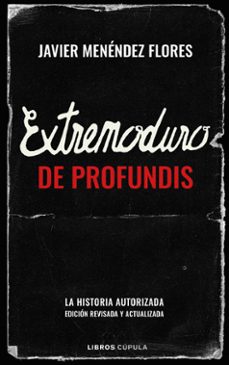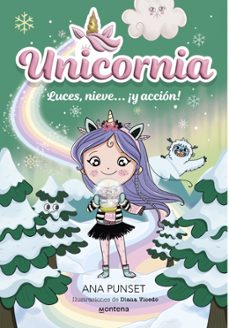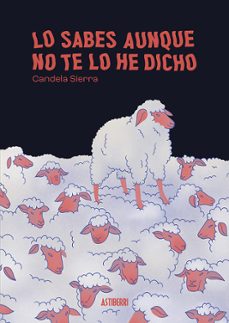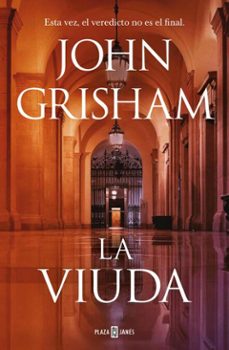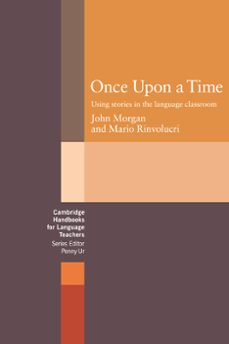Imprescindibles
Ficción
No Ficción
Ciencias y tecnología Biología Ciencias Ciencias naturales Divulgación científica Informática Ingeniería Matemáticas Medicina Salud y dietas Filología Biblioteconomía Estudios filológicos Estudios lingüísticos Estudios literarios Historia y crítica de la Literatura
Humanidades Autoayuda y espiritualidad Ciencias humanas Derecho Economía y Empresa Psicología y Pedagogía Filosofía Sociología Historia Arqueología Biografías Historia de España Historia Universal Historia por países
Infantil
Juvenil
#Jóvenes lectores Narrativa juvenil Clásicos adaptados Libros Wattpad Libros Booktok Libros de influencers Libros de Youtubers Libros Spicy Juveniles Libros LGTBIQ+ Temas sociales Libros ciencia ficción Libros de acción y aventura Cómic y manga juvenil Cómic juvenil Manga Shonen Manga Shojo Autores destacados Jennifer L. Armentrout Eloy Moreno Nerea Llanes Hannah Nicole Maehrer
Libros de fantasía Cozy Fantasy Dark academia Hadas y Fae Romantasy Royal Fantasy Urban Fantasy Vampiros y hombres lobo Otros Misterio y terror Cozy mistery Policiaca Spooky Terror Thriller y suspense Otros
Libros románticos y de amor Dark Romance Clean Romance Cowboy Romance Mafia y amor Romance dramatico Romcom libros Sport Romance Otros Clichés Enemies to Lovers Friends to Lovers Hermanastros Slow Burn Fake Dating Triángulo amoroso
Cómic y manga
Novela gráfica Novela gráfica americana Novela gráfica europea Novela gráfica de otros países Personajes, series y sagas Series y sagas Star Wars Superhéroes Cómics DC Cómics Marvel Cómics otros superhéroes Cómics Valiant
eBooks
Literatura Contemporánea Narrativa fantástica Novela de ciencia ficción Novela de terror Novela histórica Novela negra Novela romántica y erótica Juvenil Más de 13 años Más de 15 años Infantil eBooks infantiles
Humanidades Autoayuda y espiritualidad Ciencias humanas Economía y Empresa Psicología y Pedagogía Filosofía Historia Historia de España Historia Universal Arte Cine Música Historia del arte
Ciencia y tecnología Ciencias naturales Divulgación científica Medicina Salud y dietas Filología Estudios lingüísticos Estudios literarios Historia y crítica de la Literatura Estilo de vida Cocina Guías de viaje Ocio y deportes
John Morgan
Recibe novedades de JOHN MORGAN directamente en tu email
Filtros
Del 1 al 6 de 6
ST. MARTIN'S PRESS 9780312281243
There is no better time than now for a definitive guide to contemporary civilized living. As traditional codes of behavior have given way to an increasingly informal society, many people are disconcerted by the current lack of guidelines. The established rules are as important as ever, but need adaptation for the complications and developments of the twenty-first century.The Debretts New Guide to Etiquette and Modern Manners cuts through the confusion to combine the very best of traditional standards of conduct with acceptable modern innovations. Packed with no-nonsense step-by-step advice, it covers everything from basic table manners to how to equip yourself at the grandest royal and diplomatic gatherings. Written with clarity and wit, this book celebrates the charm, beauty, and fascination of classic good manners, and their enduring role in a civilized society.
Ver más
Otros
HEADLINE 9780747277156
Combining traditional standards of conduct with modern innovations, this guide to etiquette covers everything from basic table manners to precedence at the State Opening of Parliament. Written with John Morgans customary clarity and wit, this book celebrates the charm, beauty and fascination of classic good manners and their enduring role in a civilised society.
Ver más
Tapa blanda
OXFORD UNIVERSITY PRESS 9780194421867
A fully revised edition of this classic resource book.
Ver más
Tapa blanda
Cambridge University Press 9780521272629
Stories can provide a highly motivating, engaging and realistic source of genuine language interaction in the classroom. They are 'living language' in which the teacher (or student storyteller) becomes the source of language, and the listeners are actively involved in understanding. The authors argue from experience that almost everyone can tell stories convincingly, especially given an outline to work from. A very wide range of these outlines, from many cultures and sources, are provided. These can be used by the teacher as a resource for a variety of activities for students from beginner to advanced levels, including listening comprehension, grammar practice, oral production and fluency practice, but above all for exposure to real spoken language.
Ver más
Tapa blanda
Del 1 al 6 de 6


